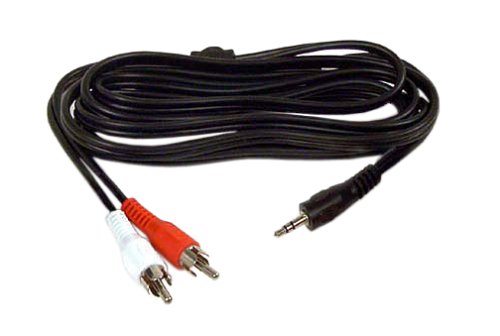Background:
As the HDTV market continues to heat up, consumers need are formed on the cutting edge of technology. One of the terms that it is the consumer, while you probably came across an HDTV set is: HDMI. For the most part, this is a term unknown and will explain the details of HDMI in this article so that you, the consumer is armed with the knowledge to make intelligent purchasing decisions.
Hdmi
What is HDMI: HDMI stands for High Definition Multi-MediaInterface. Hitachi, Matsushita, Philips, Silicon Image, Sony, Thomson and Toshiba: The HDMI specification (now 1.2) has been created by some of the largest manufacturers of consumer electronics in the world. HDMI is the new standard for HDTV digital interconnection. The large difference between HDMI and HDTV interconnects standards previously (component video and DVI) are:
HDMI is digital, unlike analog component video cables all
HDMI supports multi-channel audio in addition toDigital Video. (DVI only supports digital video)
- HDMI is compact and delivers both audio and video signals therefore eliminate cable clutter.
Integrated HDMI content protection called HDCP (High Definition Content Protection)
What does a HDMI connector types: HDMI looks like a USB cable. The compact size and high integration (carries both audio and video) makes the HDTV installation experience truly "plug and play".
Why should IHDMI:
HDMI is all digital, so image quality is "perfect" from source to screen
HDMI is a digital audio and video connection. This minimizes the cabling system
HDMI is rapidly becoming the de facto standard for HDTV connections.
How does HDMI transport the digital video: the video portion of HDMI is implemented by 3 separate differential pairs. Each pair transports 1 of 3 uncompressed native digital R, G, B signals from the source (DVD player, set-top boxes) forthe sink (HDTV display). A single protocol is TMDS (transmission minimized differential signaling), are used for the transport of digital data. Each pixel is represented by 24 bits (8 bits each for each color). The TMDS protocol then "calculates" and stuffs 2 extra bits for the video data stream to minimize a digital data stream with minimum transitions (lower EMI, lower interference) and also a long series of '1 'and '0 'you may end up creating entry errors.
AFourth stage differential pair, called the TMDS clock provides the pixel clock for timing the data stream. The maximum TMDS single link pixel clock is 165 MHz.
What is the data rate of a single link HDMI connection: The maximum clock frequency of 165MHz, and each pixel of the 3 TMDS video streams carries 10 bits. Therefore, the aggregate data is 3 x 10 x 165MHz = 4.96Gbps.
How many pins are included in the HDMI connector: There are 19 individual pins in the HDMI connection. There are 3Pair of TMDS signals to bring all the digital audio and video signals.
As the digital audio signal is transported: The multi-channel audio is time multiplexed into the TMDS data streams. The audio is much lower data rates (192 kbps) and the extra time is used to demux the audio signals.
What is HDCP: HDCP stands for High-Bandwidth Digital Content Protection. HDCP is an encryption method developed by Intel in order to control unauthorized copying of digital media. TheEncryption is performed in the transmitter HDMI "source" (DVD players, set-top box) and decryption is done by the receiver (HDMI HDTV display) led led found. The secret key for encryption are exchanged between the source and view of an I2C bus (pins 15 and 16).
HDMI is compatible with DVI: DVI is the predecessor of HDMI. HDMI and DVI are identical as regards the video. Therefore, there is video compatibility. However, DVI does not support digital audio.For example, if you have a DVI connector on the old source and an HDMI port on the display, a DVI-HDMI cable all that is required to view the video. A separate audio cable (TOSLINK or SPDIF) will be required to contribute to digital audio.
What formats are supported HDMI: HDMI is high speed digital connection and the resolutions of 480i, 480p, 720i, 720 P, 1080i and in the future, support 1080p.
Conclusion:
HDTV technology is changing rapidly. HD connectionssuch as HDMI will become the de facto standard in HDTV connections. We have outlined the main features of HDMI, the consumer is well informed and prepared to make smart purchasing decisions.
HDMI: Guide to HDTV Connection of the future
porcelanosa ceramic tile




















